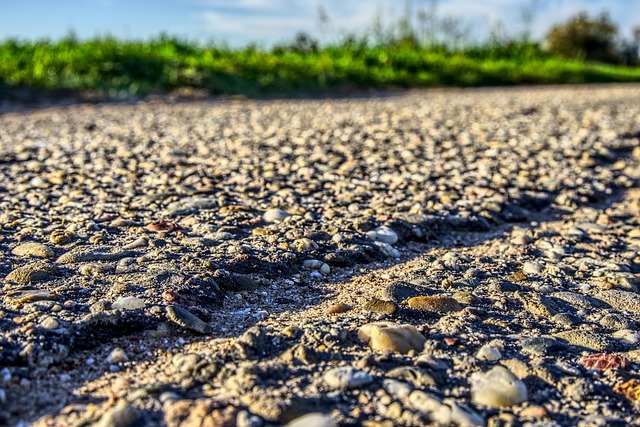The world is witnessing increasingly erratic weather patterns, and one of the most significant consequences of climate change is the rise in periodic droughts. These dry spells do not merely present a challenge for farmers; they reshape entire ecosystems and have profound impacts on communities around the globe. Understanding periodic drought is essential for both urban and rural populations as we collectively navigate the uncertainties posed by our changing climate.
Droughts have long been a natural occurrence, typically driven by fluctuations in weather patterns. However, climate change has intensified these natural phenomena, leading to longer and more severe dry periods. As temperatures soar and rainfall becomes unpredictable, the cycle of drought is becoming more frequent and harder to predict. This extended aridity wreaks havoc not just on agriculture but on drinking water supplies, wildlife, and economic stability.
During these arid times, local ecosystems bear the brunt of the impact. As soil moisture evaporates and riverbeds run dry, plants struggle to survive, leading to a decline in wildlife that depends on these fragile habitats. The once vibrant landscapes transform into parched fields, emphasizing the disconnection between our fast-paced lives and the slow-moving changes in our environment. This stark transformation can fill us with dread, as we understand that periodic drought does not discriminate; it can affect anyone, anywhere.
Moreover, the social dynamics shift during a drought. Communities that are heavily reliant on agriculture may face economic hardships, compelling families to make distressing choices about food and water use. As resources dwindle, competition for water can lead to conflict, raising tensions among neighbors and within families. The psychological toll of watching one’s land succumb to drought influences mental health, creating an emotional burden that is often overlooked.
To mitigate the impacts of periodic drought, innovative solutions are necessary. Advancements in water conservation technology and sustainable agricultural practices offer promising alternatives to traditional methods. Rainwater harvesting and drought-resistant crop varieties are becoming increasingly essential. These adaptations not only help maintain agricultural productivity during dry spells but also bolster resilience within communities.
As stewards of the environment, it is our responsibility to voice our concerns and raise awareness about the realities of periodic drought. Individuals can contribute by adopting sustainable practices, supporting local conservation initiatives, and lobbying for policies that prioritize water management and climate resilience. Collectively, embracing change and innovation will enhance our chances of thriving amid increasingly challenging conditions.
In this age of climate change, understanding periodic drought becomes critical. We must recognize that our personal choices and collective actions can significantly influence the resilience of our communities and the environment. Awareness and proactive measures can lead to a more sustainable future, preserving the beauty of our landscapes and the vitality of our ecosystems.




